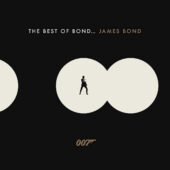



Editor’s Note: Last year Sean O’Connell and Jeremiah Kipp went at it — Tarantino style — over the merits of Kill Bill: Volume 1. The results were classic: O’Connell loved it, Kipp despised it. With the second installment of the highly-anticipated flick, the tables are turned. Now O’Connell’s got his blade sharpened, and while Kipp is hardly a convert, he at least has a few kind words for the movie. Ladies and gentlemen, enjoy round two of this battle royale!
Sean O’Connell: "the thrill has been completely abandoned"
Movie geeks love comparing Quentin Tarantino’s work to that of other celebrated directors, but the maverick filmmaker mostly reminds me of burned-out monster rockers Guns N’ Roses.
Bear with me, because the analogy makes sense. In 1987, the astonishingly successful “Appetite for Destruction” turned G&R into global superstars, in much the same way that Pulp Fiction blasted Tarantino into the Hollywood stratosphere in 1994. Pressured to follow up their iconic works, both artists immediately cranked out forgettable fluff (see “G N’ R Lies” and Jackie Brown, respectively). Eventually, though, each moved on to create overstuffed two-part epics – the “Use Your Illusion” albums for Guns and now the Kill Bill flicks for Quentin – that contain ingenious individual parts but don’t add up to entertaining wholes.
The drop-off in energy, style, and coherence from last year’s Kill Bill: Volume 1 to its bloated, disinteresting counterpart is so drastic and extreme that you can hardly believe they come from the same director, let alone conclude the same storyline. The tonal shift swings from playfully sinister to somber and sadistic, as Uma Thurman’s revenge-seeking character The Bride spends two-plus hours being whipped, beaten, stabbed, shot and buried alive, all so she can repay Bill (a confident and friendly David Carradine), her former boss and infrequent lover who tried to murder her on her wedding day.
Say what you will about Volume 1 – and many commented on the copious amounts of bloodshed and violence – but it was never dull. The thrill has been completely abandoned in Volume 2, which trades its buckets of crimson blood for pages of dry dialogue that explore the history of these characters but bring us nowhere new. Tarantino loses us in mounds of useless exposition on regret, payback, and pain. It was far easier to swallow The Bride’s bitter quest for revenge than this. Tarantino’s self-adored mysticism, on display when Uma trains with kung fu master Pai Mei or finally confronts Bill, doesn’t quite grab us as quickly or hold us as tightly.
Back to the “Use Your Illusion” analogies, which are endless. “Illusion I,” if you recall, was known for its yellow cover (like Uma’s yellow track suit in Volume 1), while “Illusion II” sported a blue cover (like the blue dress Uma wears to fight Bill here). Critics largely dismissed the “Illusion” albums as massive ego trips, though fans argued that you could collect tunes from each album and make one great record. I’d argue that you could take the better elements of both Bill films and streamline them into one terrific 2.5 hour vengeance ride. What happened to Harvey “Scissorhands” Weinstein? Can’t he bear to stand up to his golden child?
Guns N’ Roses broke up after the “Use Your Illusion” experiment without releasing another album of significance. Time will tell if a similar fate awaits the once-gifted but woefully unshackled Tarantino.

No swordplay at the dinner table!
Jeremiah Kipp: "even the steadfast may not feel rewarded"
While Kill Bill: Volume 2 does not redeem its garbage predecessor, and indeed falls into many of the same pitfalls, it almost works as a domestic tragedy played against the backdrop of samurai swords and western shoot ‘em ups. If Quentin Tarantino were able to resist his gleeful bursts of eye-popping sadism and his insatiable desire to reference all his favorite B-movies, grindhouse drive-in flicks, Japanese chop-socky actioners, John Ford, Sergio Leone, and whatever else he’s stored up in his oversaturated junk food mind from those years at the video store, maybe he’d actually be able to deliver a human story and an allegory for a mismatched relationship killed by a broken heart.
The first volume completely failed, narratively and thematically and as entertainment, a mere aimless shuffle of Tarantino’s reference-laden funhouse. This one starts off on the wrong foot with a goofball wedding rehearsal culled straight from The Beverly Hillbillies and Hee-Haw. Immediately followed up by a shot lifted from The Searchers, those who hated Volume 1 as much as I did may be bracing themselves for another two hours plus of the same “applaud if you’re winking” chicanery.
That’s when David Carradine shows up as Bill, and even though the scene inevitably climaxes with his gang massacring everyone in the wedding party, there’s a moment of genuine life when he faces off against The Bride (Uma Thurman), a woman he loved that left him for another, and took his baby with her. Bill’s a sadist and a killer, and stays true to his nature. But before that superficial action movie posturing takes hold, we’re given a glimpse at real pain: a crack-up between two tough old bastards, Bill and the Bride, who can’t admit how much this hurts them.
With his wizened features and gaunt frame, Carradine is a strong iconic presence. He conjures up memories of movie lore from his east-meets-west TV-series Kung Fu. The only other east and west comparisons are those drudged up by Tarantino’s movie lore; Carradine is a part of that lore but his B-movie star presence has a bona fide history behind it. Sadly, Uma Thurman cannot hope to match it, and her performance still feels wrong. She doesn’t convey charisma or ferocity, only a model’s petulance and an ability to pose like a Charlie’s Angel. No surprise that she faces off against Daryl Hannah as one of the assassins she has to kill before getting back at Bill. It’s an aged, sun-baked version of the same thing: Looks pretty, can’t act.
It’s unfortunate that Carradine drops out of large sections of Volume 2, because those are the passages that flounder. Assassin Budd (Michael Madsen) is a bloated trailer trash monster that briefly turns the tables on the Bride, and puts her through an ordeal of being buried alive. This is Tarantino getting his kicks on watching his heroine suffer, compounded by a flashback where Bill’s former trainer, an aged Cantonese master (Chia Hui “Gordon” Liu), does some Karate Kid training with the Bride that puts her through even greater humiliations: verbal abuse, physical abuse, mental torture, and a dog’s misery. By the time The Bride escapes (we know this from the start, since she says she’s wiped everyone out but Bill in the suspense-killing pre-prologue monologue), only to beat the living hell out of another woman character and give her a humiliating death scene. Tarantino never gives such low-down dirty treatment to the boys, who are too cool to die so pathetically, but he gets off on watching women get flayed. “Do you think I’m sadistic?” Bill asks before shooting his Bride after the wedding reception. Maybe Quentin is projecting, and he doesn’t own up to it like Sam Peckinpah did in his finer works.
But those with indomitable patience may find some reward in the final half hour of Volume 2. Admittedly, that’s a tall order. There are some very good scenes with David Carradine along the way, playing his tough guy as soft spoken and genteel. (He doesn’t need to play up a character everyone else has been talking about for three hours.) But he and Kill Bill really come together at the grand finale, which doesn’t play out as the kamikaze swordfight one might pre-suppose. When the Bride arrives to dispatch Bill, he has a few surprises in store for her that make her stay her hand.
This is followed by the appearance of a strange truth serum that feels practically Elizabethan in its use as a story device, as the former lovers get down to the real business of showing who they are. Tarantino throws in a pop culture monologue about superheroes, particularly Superman and Clark Kent, that manages to get beyond its geek surface and into nature vs. nurture, and true faces vs. false ones. Anyone who pretends to like their day job may be able to relate, and once this gets into the dynamic of being with another person, it grows messier, more complicated, and more real.
Genre fans will be happy about those final notes, though. Bill’s final exchange with the Bride ranks up there with Al Pacino and Robert De Niro’s climactic stare in Heat. It’s an epic moment and a rare note of grace amidst the non-stop cartoon carnage (and cartoonization of rape, torture, and hatred of women) and smug hipster/movie brat shenanigans Tarantino bombarded us with — and it’s needless to have broken it up into two sections, or a serial. It’s barely worth slogging through the wasteland of Kill Bill: Volume 2 to get there, and even the steadfast may not feel rewarded.
The DVD includes one deleted scene, an extensive making-of documentary, and a live performance of the song that plays over the closing credits (and DVD gives you another chance to see just how self-indulgent this movie is — the credits are 13 minutes long!).
PLEASE NOTE: THE STAR RATING FOR THIS FILM IS NOT BASED ON REVIEWER COMMENTS.
Review by Sean O’Connell and Jeremiah Kipp 2004 filmcritic.com









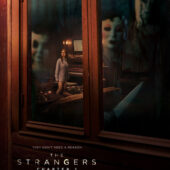





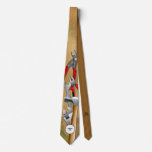
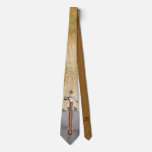


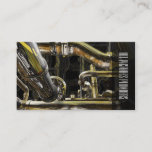

![Planet of the Apes 10 x 8 inch Press Photo (1968) [C25]](https://www.filmfetish.com/img/p/2020/09/planet-of-the-apes-c25-01-170x170.jpg)
![Frances Farmer in Flowing Gold Photo Print [210906-21]](https://www.filmfetish.com/img/p/2021/10/210906-0021-19x13-web-170x170.jpg)
![Original Richard Widmark Warner Bros. Press Publicity Photo for The Sell-Out (1976) [PHO899]](https://www.filmfetish.com/img/p/2020/09/photo-lot-pho899-001-170x170.jpg)
![Sexy Actress Apollonia Kotero Bikini Photo [210906-56]](https://www.filmfetish.com/img/p/2023/01/210906-56-apollonia-85x11-web-170x170.jpg)







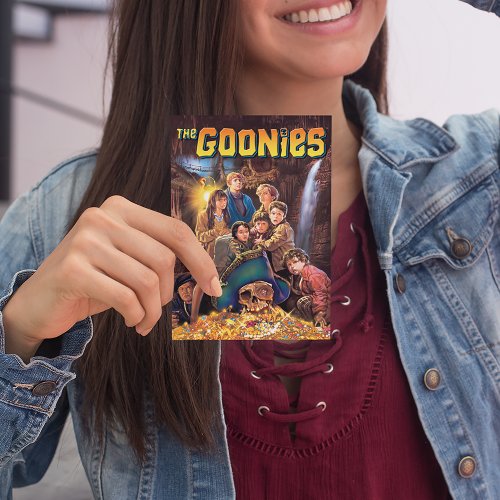
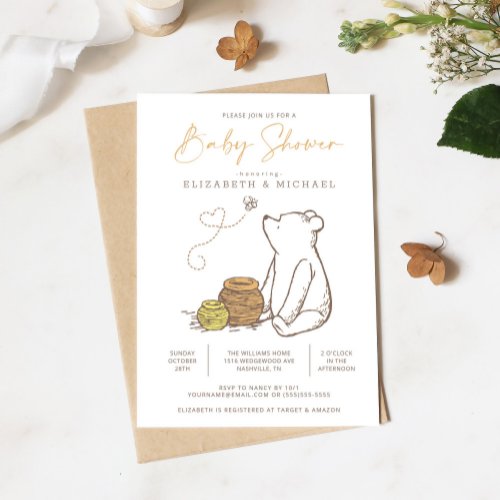
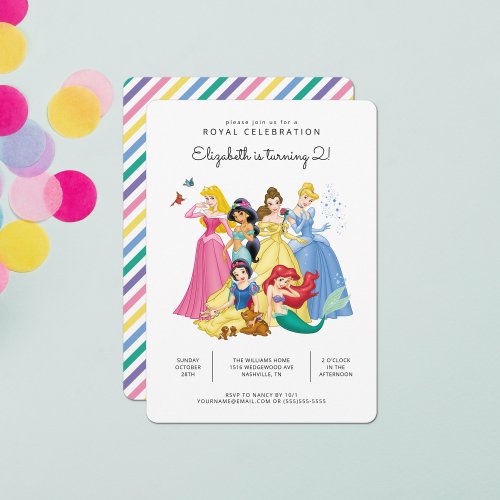
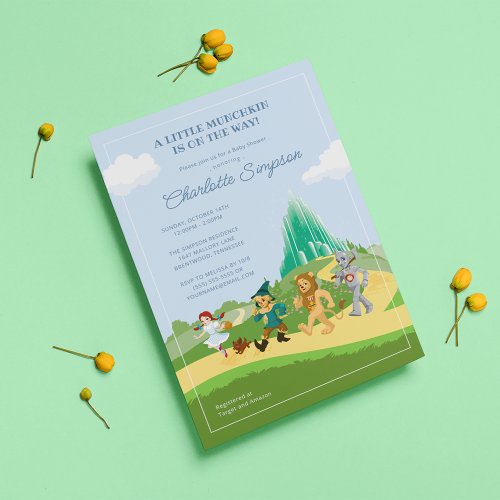
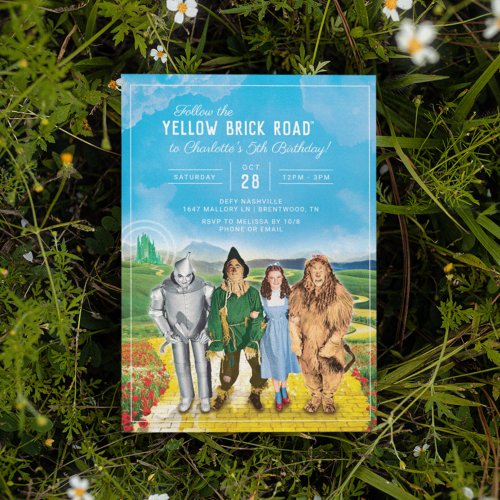


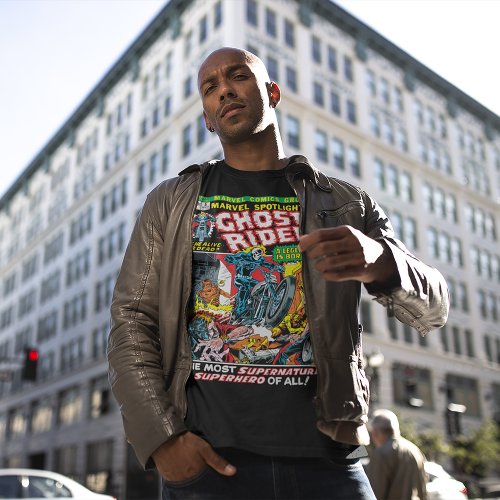
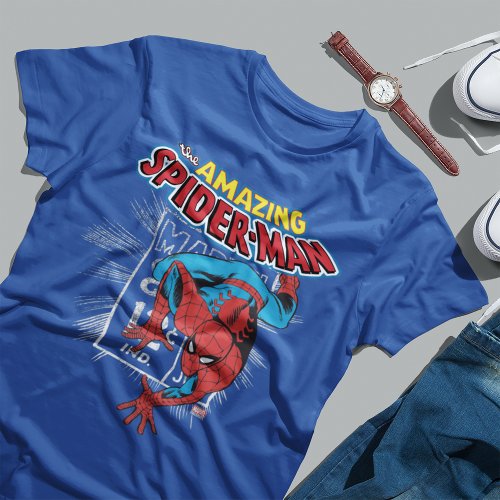


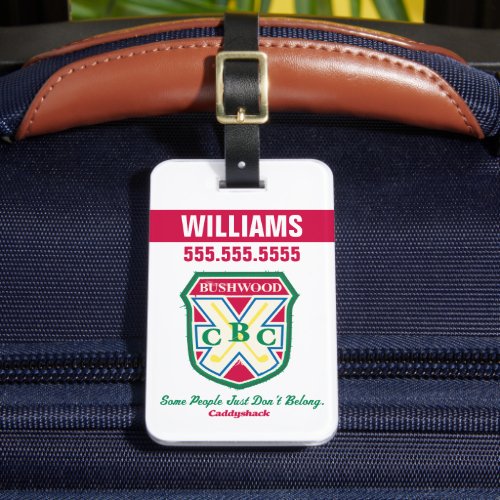
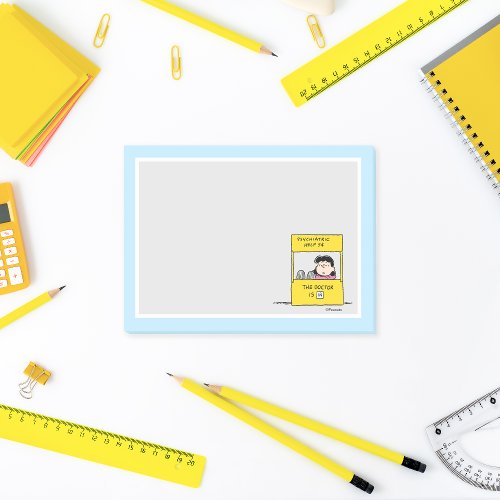
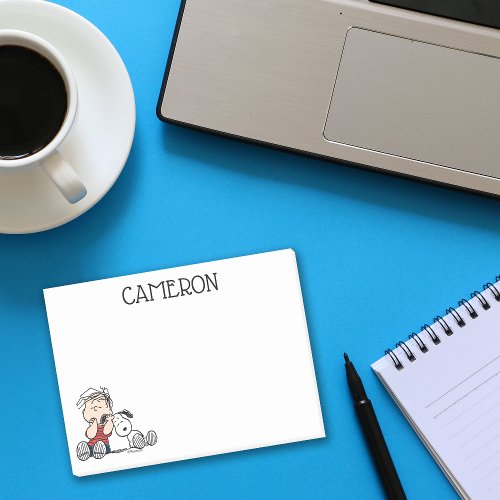
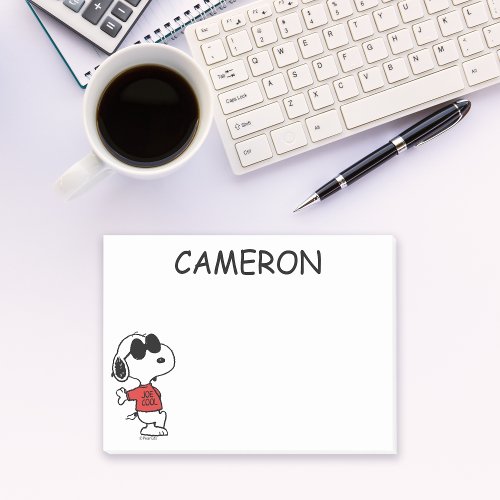
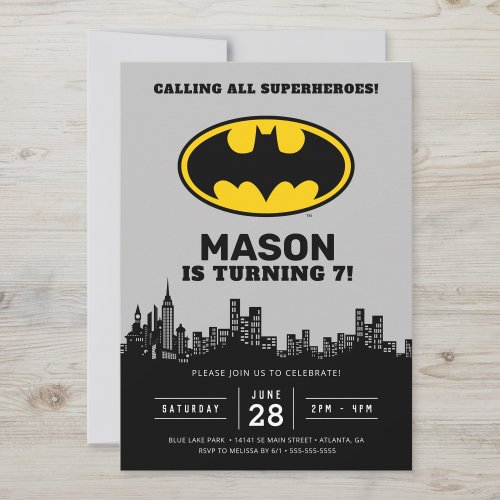

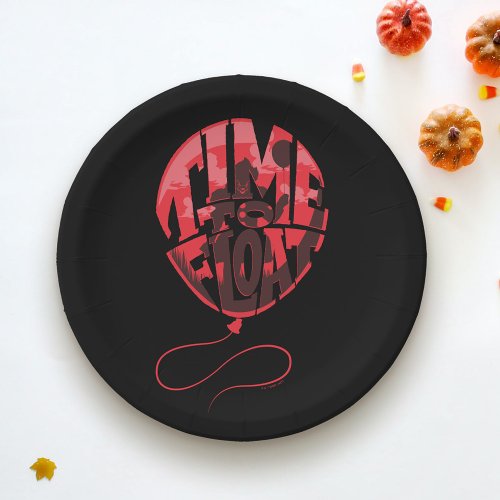

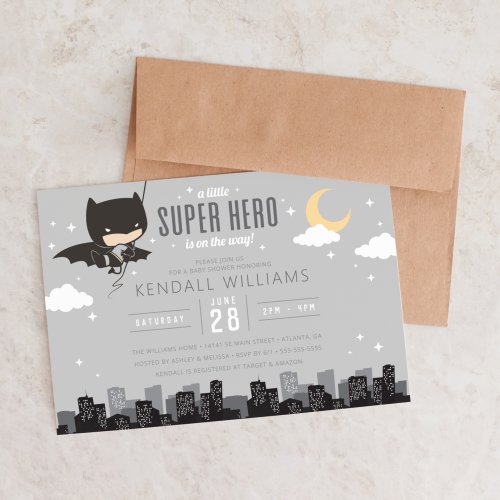
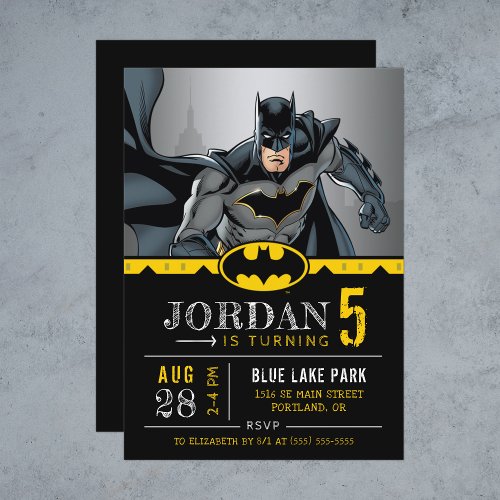
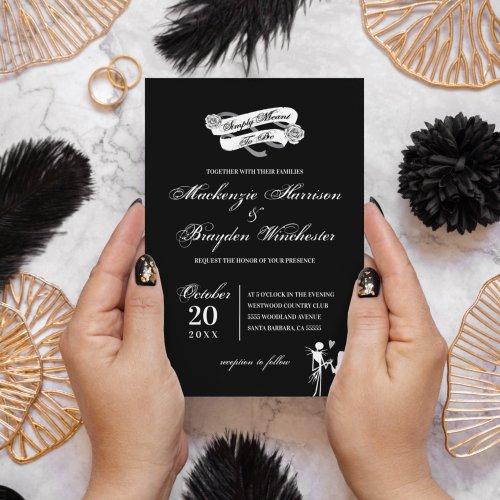

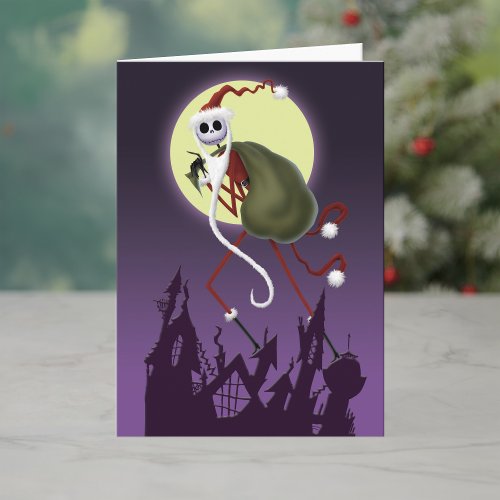
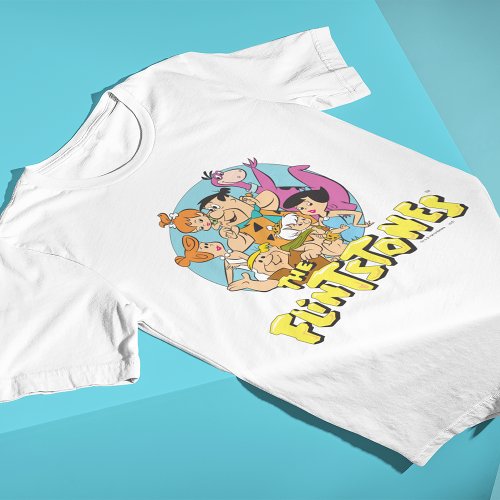
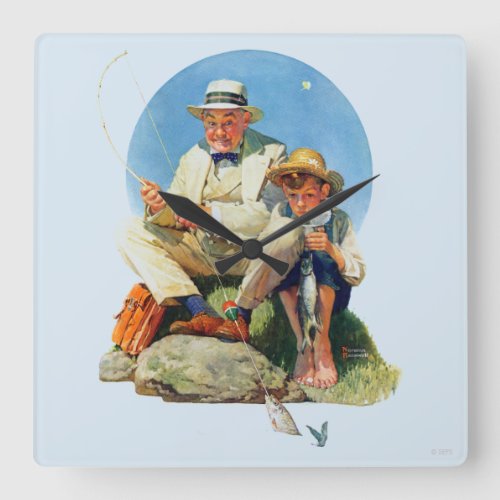
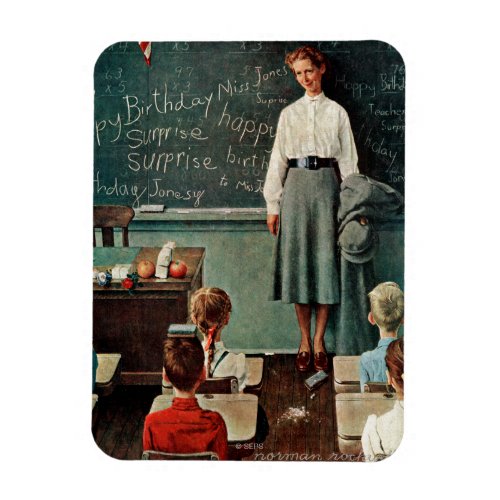
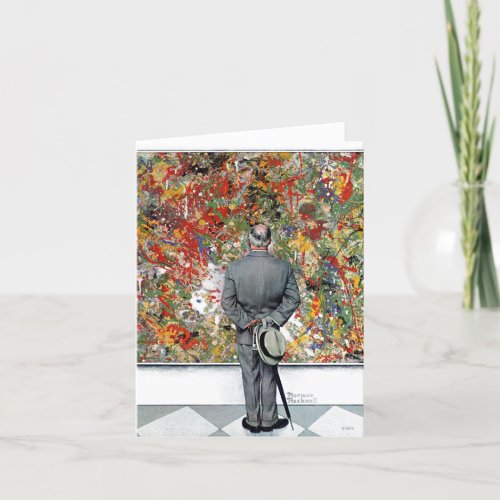
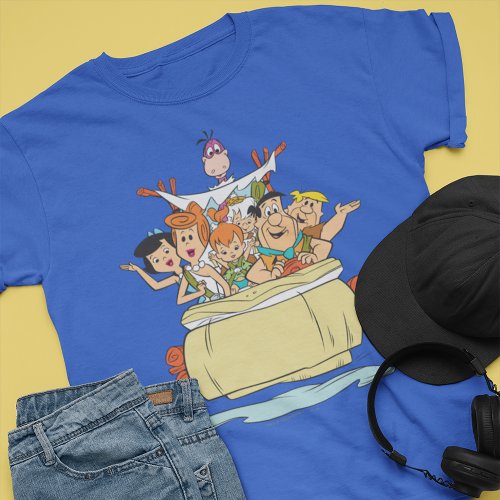


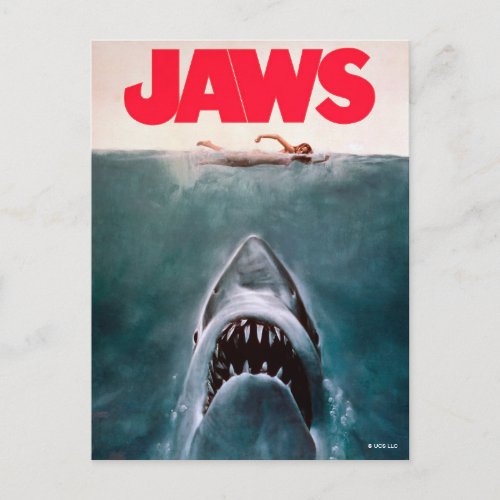

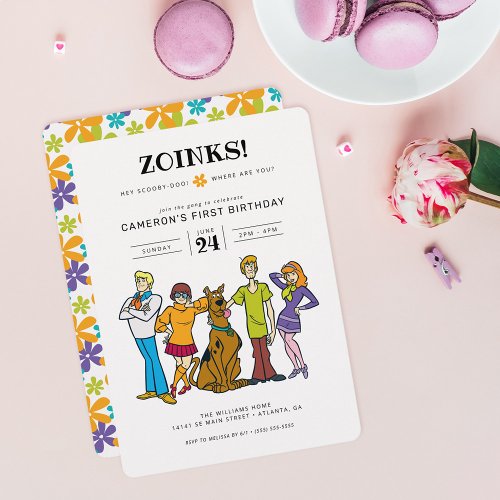

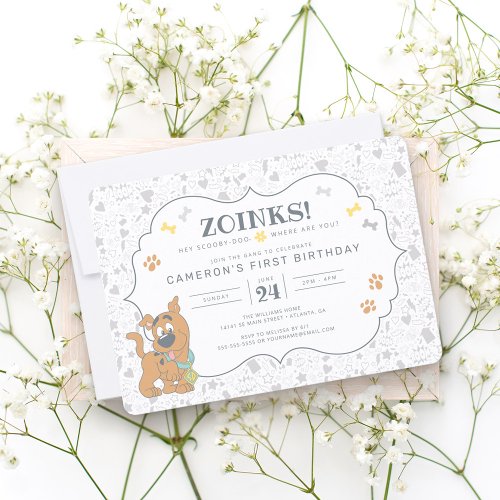

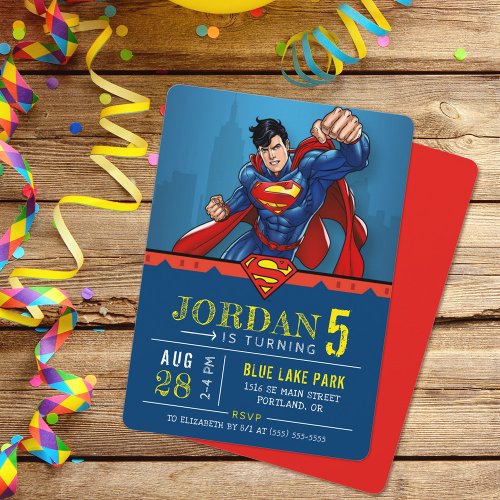


![Set of 2 William Friedkin’s The Brink’s Job (1978) Press Publicity Photo, Peter Falk, Peter Boyle [L95]](https://www.filmfetish.com/img/p/2023/02/P1490012--170x170.jpg)
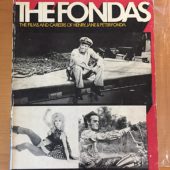

![Premiere Magazine (June 2003) Hugh Jackman Wolverine X2 [R50]](https://www.filmfetish.com/img/p/2022/04/premiere-r50-00001-170x170.jpg)
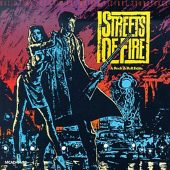
![The Punisher Unilimited Series Issue Number 1 (July 1987) [12417]](https://www.filmfetish.com/img/p/2020/02/punisher-unlimited-series-1-12417-01-170x170.jpg)
![Wired Magazine (June 2004) Pixar, Toy Story, Mr Incredible [S30]](https://www.filmfetish.com/img/p/2022/05/wired-s3000002-170x170.jpg)

